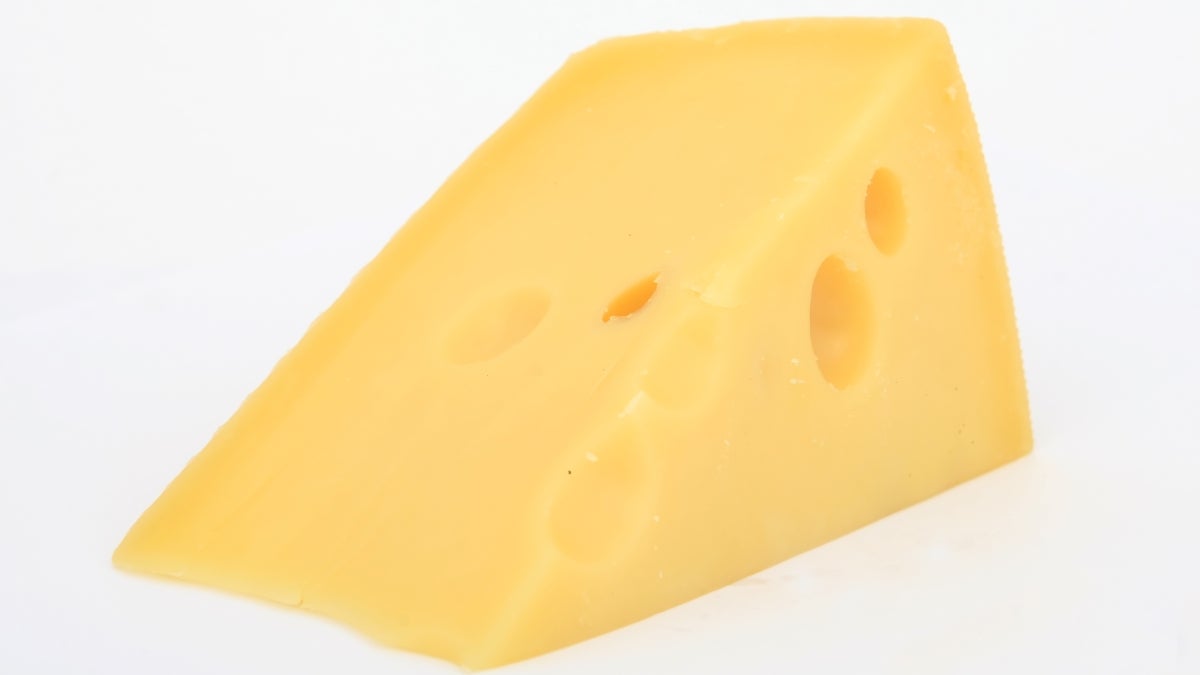The White House Office of Science and Technology Policy announced today a new National Microbiome Initiative to encourage scientists to work together to study microbes — and the collections of microbes called microbiomes — across disciplines. The goal is to get a better understanding of these little critters that live everywhere — from the soil we plant crops in, to the oceans we swim in, to our very own digestive systems.
And it's not just understanding them. Scientists want to know enough to be able to affect different outcomes by tinkering with microbiomes.
Need an example to make it more concrete? So did we. So ASU Now sat down with Ferran Garcia-Pichel, the founding director of ASU's Biodesign Center for Fundamental and Applied Microbiomics.
And we found understanding of the mysterious — and tiny, obviously — world of microbiomes in of all places, a block of cheese.
More Science and technology

ASU-led space telescope is ready to fly
The Star Planet Activity Research CubeSat, or SPARCS, a small space telescope that will monitor the flares and sunspot activity of low-mass stars, has now passed its pre-shipment review by NASA.…

ASU at the heart of the state's revitalized microelectronics industry
A stronger local economy, more reliable technology, and a future where our computers and devices do the impossible: that’s the transformation ASU is driving through its microelectronics research…

Breakthrough copper alloy achieves unprecedented high-temperature performance
A team of researchers from Arizona State University, the U.S. Army Research Laboratory, Lehigh University and Louisiana State University has developed a groundbreaking high-temperature copper alloy…


